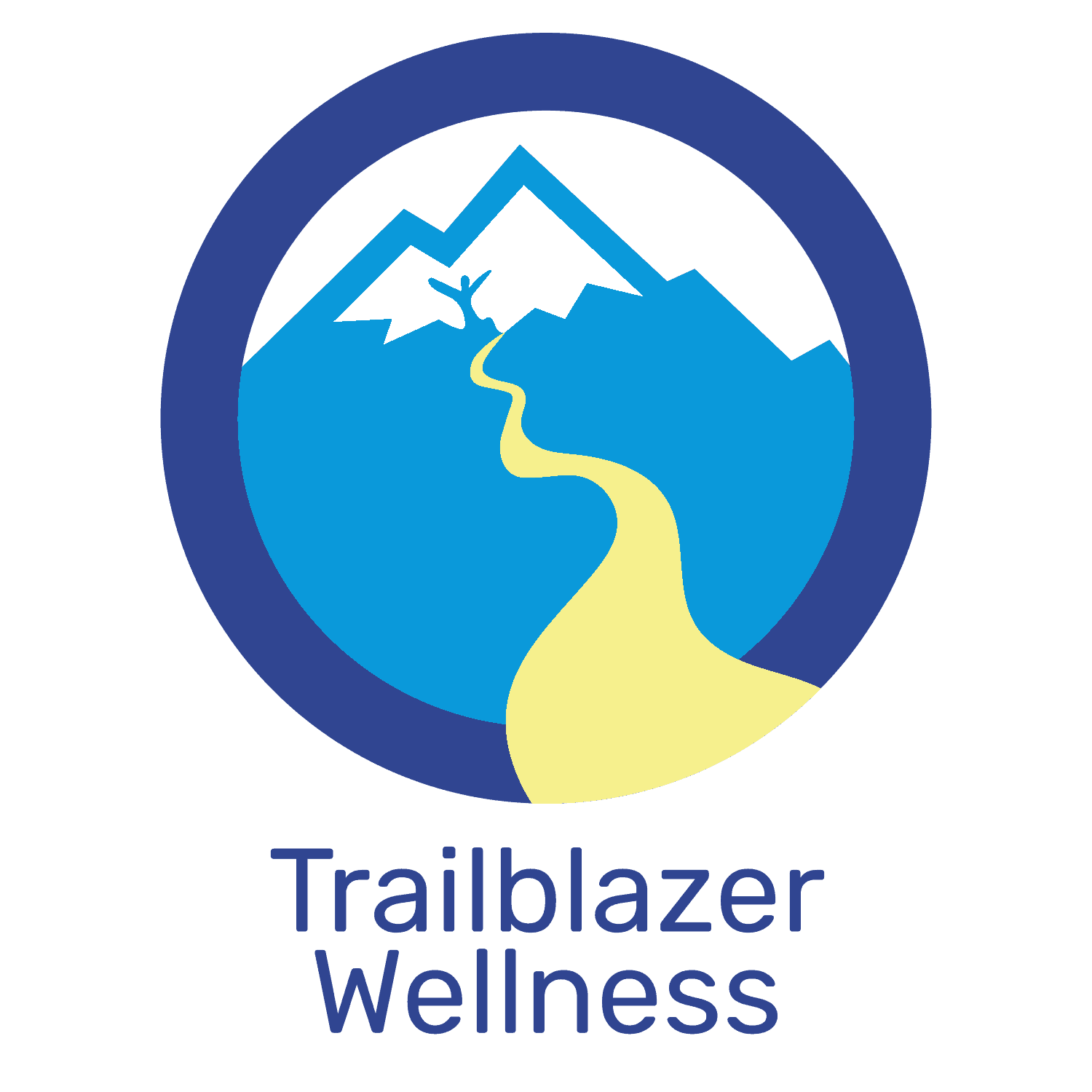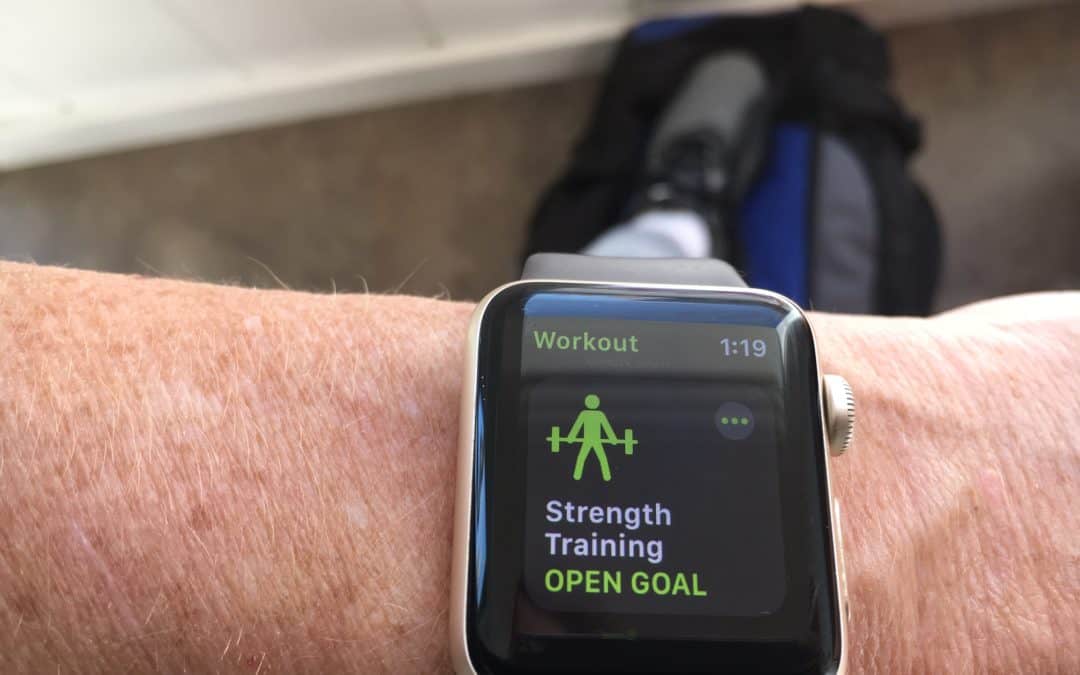4 steps to personalize your path and reach your healthy lifestyle goals
Hard to believe it’s nearly New Year’s Eve – and time for New Year’s Resolutions. I know a lot of people forego making them these days, myself included.
We’ve all heard various stats about how many of us actually succeed at keeping them. We’d have better odds with a lottery ticket.
And yet the gym will be packed in the first weeks of January. Shopping carts will be filled with veggies and other “good for you” foods.
New activity tracking devices (courtesy of Santa or a loved one) will be on wrists, reminding us to move more, breathe slowly and sit up straight.
We want to be healthier, we want to feel better. As the days and weeks go on, though, most of us gradually slip, or suddenly fall, back to our usual behavior patterns.
It’s human nature. It’s hard to make and maintain healthy habits. In fact, even when we make a specific effort, it can take nearly 3 months for a habit to stick!
So even if you don’t have an official New Year’s Resolution, what can you do to improve your chances of making your healthy lifestyle happen in the coming year?
In spite of the 163 million results you’ll get if you Google “improve healthy habits,” chances are you won’t find the ideal answer for you.
That’s because the ideal answer is different for each individual. That said, you can craft your own answer. And in fact, when you do, research shows you’re more likely to be successful.
So how do you create your own path to reach your health goals?
When I work with clients, we use a process that’s been honed by the Wellcoaches health coach certification team over the past 20 years. It incorporates researched, tested and peer-reviewed behavior change techniques and coaching strategies.
In a nutshell, here are the key components for a personalized path to healthy lifestyle habits that last.
Step one: Clarify the whys behind the what
Identifying why you want to be healthier can involve a bit more digging than you might think.
Most of us start with health goals that tie to how we look or feel on the surface: I want to fit into my favorite clothes. I want to have more energy. I want to stop the nagging pain in my knees.
Bring out your inner 3-year-old and start asking why. Why do you want to have more energy? So I can do more activities with my family. And why do you want to do more activities with your family? So I can feel more emotionally connected with them.
Just like a 3-year-old, keep asking why and you may surprise yourself.
Knowing what your whys are will help you when all the other things in life are inevitably competing for your time and energy. I’ll circle back to more on motivation later.
Step two: Tap into your strengths and skills
Back in the late ‘90s, I saw Marcus Buckingham speak at a conference about the concept of using your strengths in your job to be successful. It made so much sense to me that improving what you’re already good at is a far better use of time and effort than fixing what’s “wrong.”
Soon after, the book “Now, Discover Your Strengths” that he co-wrote with Donald O. Clifton was published, which featured the StrengthsFinder assessment (now CliftonStrengths Assessment). I immediately got a copy and took the assessment.
Since then the strengths-based approach has gotten broader recognition in workplaces. It’s also a foundational component in health coaching, because when you leverage your strengths and skills to improve your health, you’ll enjoy your new habits more and are more likely to stick with them.
As part of my first meetings with clients, we explore their strengths and skills. Some are more modest about identifying their strengths than others. Sometimes they don’t realize that something they do “automatically” is a skill – when I point them out, the reaction often is “doesn’t everyone do that?” Nope – you’re special!
If you’d like to explore your strengths, check out the CliftonStrengths Assessment (pricing starts at $19.95 to get your “top 5”) for talent-based attributes such as analytical and developer.
You can also complete the free VIA Character Strengths assessment to find out how prevalent each of 24 traits, such as curiosity and humility, is in you (detailed profile reports cost extra).
Step three: Make it manageable
Most of my clients have a specific goal for their upcoming adventure – hiking for multiple days, reaching a peak, keeping up with the group on their trip. Initially it seem like a stretch – if they weren’t, they probably wouldn’t be working with a coach!
We look at the time available between when we first meet and their trip, and they can see more clearly what’s possible.
Then we talk about the coming week or two, and what small steps it will take to get to the goal.
This process of breaking down big goals into incremental increases, then adjusting along the way, makes it manageable.
Step four: Identify your motivation match
Ongoing motivation may tie back to the step one “whys” or it may look somewhat different. The “whys” usually get at the intrinsic, internal motivation that is critical for ultimately reaching a goal. Yet most of us still benefit from at least a little external push too.
Although details vary, a few common themes come up for what keeps my clients consistently motivated as they pursue their goals. All of them have upsides and downsides, so having more than one motivator can provide a “backup” support if one doesn’t pan out.
Consider which of these resonate most, and how you might combine them:
- Upcoming event – whether it’s a big “life event” like a reunion or wedding, an annual event like a vacation or family visit, or a fitness-focused event like 5K run or a multi-day bike ride, the deadline is coming!
- Competitive streak – this can be a person who is competitive with herself and wants to surpass a “personal best” and/or a person who is competitive with others and wants to win the game.
- Group accountability – the “group” be just one other person who is a partner in progress, or a larger group working toward a common goal.
- Social accountability – this is similar to group accountability, though a bit broader. The person who is motivated by social accountability will share her goal and plans with family, friends and/or others.
- Rewards/incentives – some people like to set rewards for themselves, such as buying a new gadget or going to the spa. Some individuals are more motivated by an incentive from an external source, such as an employer’s wellness program.
Your Healthy, Your Path
With all of the lists, tips and hacks, you’d think we’d all be the picture of perfect health. Clearly that’s not the case.
Because really what you need is a personalized plan that aligns with why you want to be healthy, taps into your strengths and skills, is manageable, and includes motivation.
So now you know why the Google search won’t turn up the best results for you. It’s the inner search that will keep you on your path to reach your goals. And if you want some support with reaching your goals, feel free to set up a 30-minute free consultation with me to chat!

